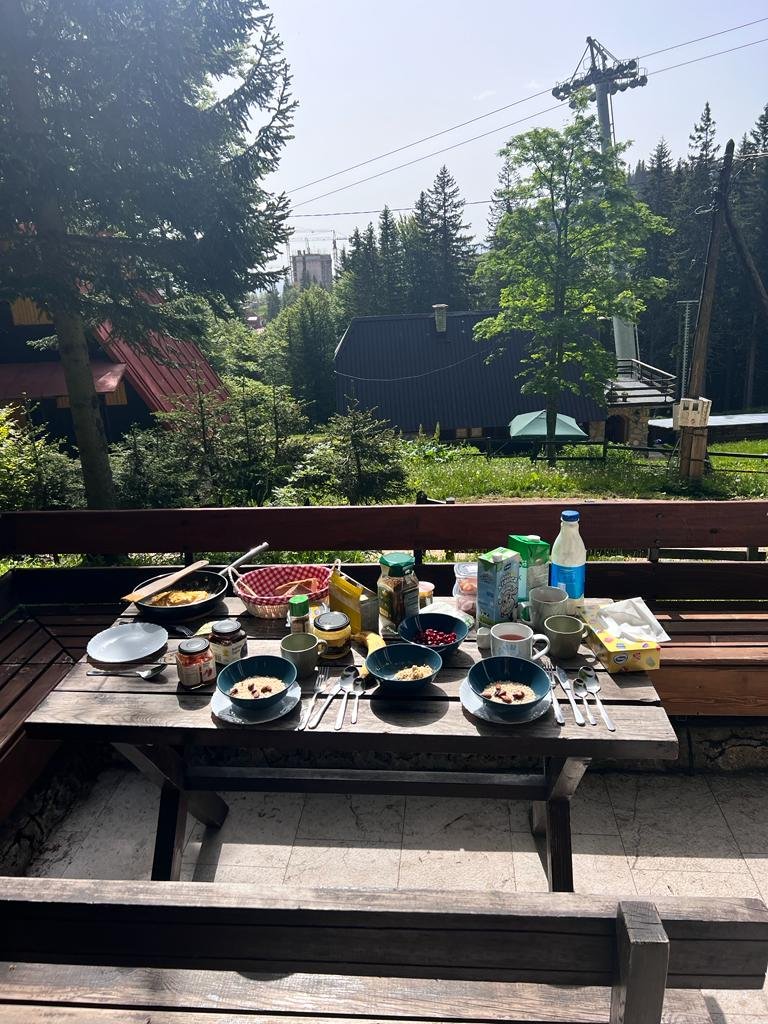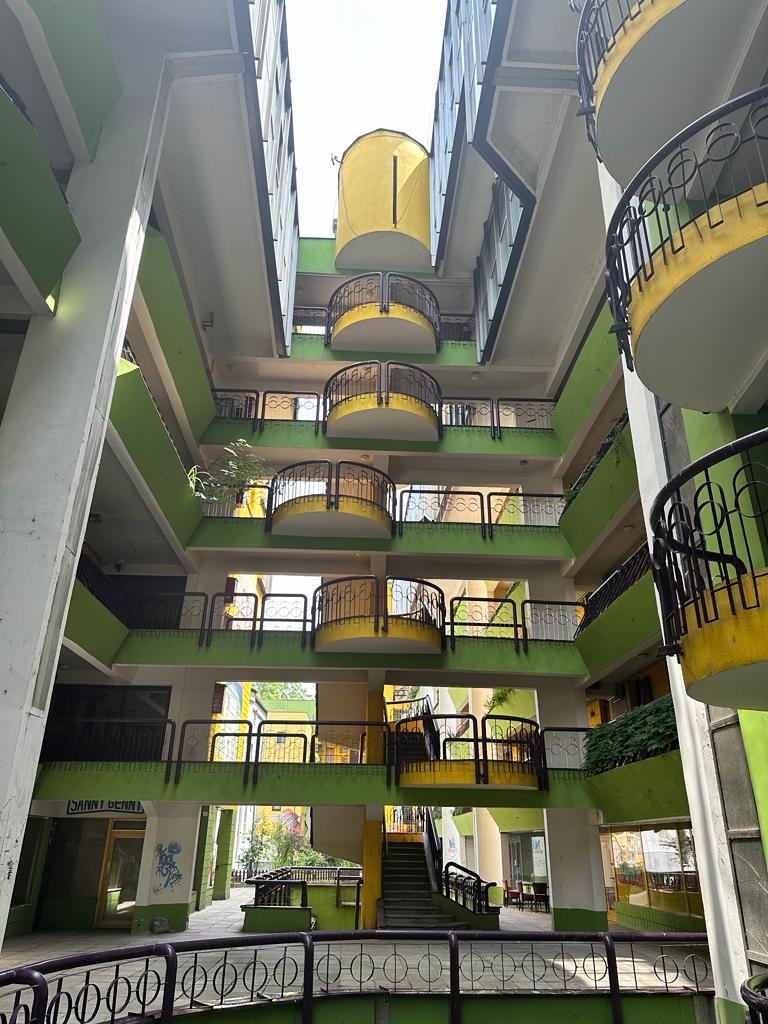Dobro došli u Sarajevo & planinu Jahorinu
Welcome to Sarajevo & Jahorina mountain
I am an emotional bubble today.
I feel happy, sad, troubled and grateful to be back to where I always feel the happiest!
How can all these emotions run through all at once I can’t explain, but I feel them each and every time I come to my birth place Sarajevo and to the most beautiful mountain in the world Jahorina.
Let me share a bit of a personal story!
My father Savo Golubovic was born in Mostar, he joined the Second World War as a young 15 years old boy to defend the country from the Nazis. He was wounded many times, received a number of bravery medals, but as a consequence his health was compromised.
After the last surgery he settled in Sarajevo, graduated a law degree at a latter stage of his life, met my beautiful Mum Miroslava Rechter in Sarajevo and I was born in 1964.
The story says everyone was ready to welcome a baby boy (based on mum’s belly shape), his name was going to be Dražen and then I arrived as a surprise. Mum’s creativity kicked in and she sent a letter to Dad from the hospital and signed it “with love from Miroslava and Dražen-ka”! A female made up version of a popular male name Dražen!
Mum passed away when I was young and Dad passed away at the age of 92. I have had the best parents and the best childhood one could ask for. Love them both and am forever grateful for their love and inspiration.
Do you know who discovered Jahorina all these years ago?
During Dad’s partisans days and post war, together with a few of his partisan friends, Dad walked across the mountain Jahorina, 31km away from Sarajevo. He fell in love with its beauty and quickly realised a potential to build a ski resort. He was a passionate skier and mountain lover.
One could say, Jahorina ‘s development started with Mum and Dad building a small family batch, an A shape mountain house.
After a while Dad engaged engineers and the very first ski lift and a ski slope was planned and opened in 1969.
Sarajevo ski club, and later Jahorina ski resort were kickstarted by Dad, and he gave 50 years of service to this paradise here in the middle of Bosnia and Herzegovina.
The story says I started to ski before I walked, can’t tell you if it’s true but I grew up believing it was true!
At the age of four we moved to Split in Croatia, and we continued to live in between Sarajevo, Jahorina and Split. We would come to Jahorina each summer during the month of August to pick up field mushrooms, blueberries, raspberries and native plants and of course we spent winter months skiing.
As a young girl, the only child and Dad’s princess, I had to do three things:
Be respectful of elderly
Be great at school ( so that I can do well in life but also so that I can skip school often and spend as much time in Sarajevo with my mates and ski during winter months)
Be helpful at home
If I did these three things all other little white lies, mischievous behaviors were forgiven! And did I push the boundaries - oh yes!
When Nebojsa, 3 years old Miroslav and I emigrated to New Zealand in 1994 I promised my Dad that I would never ever sell our batch, instead I would look after it and pass the love and respect for what he did onto our children. I am happy to share both Miroslav and Petra love coming here and that gives me the utmost joy.
Let me tell you now a little bit about my Sarajevo!
Do you know how Sarajevo got its name, who founded it and why?
It was established at the end of the 15th century by the Ottoman Empire.
Saray = palace in Turkish. It was an administrative center, a palace in the valley.
Ottoman Empire was big, powerful especially during the 16th century under Sultan Suleyman the Magnificent. His Nick name was “ a sick man of the Europe” for his ruthless rulings.
Ottomans ruled this area from the end of the 14th to 19th century - 400 years!
In 1878 Austrian Hungary Empire came in and ruled till 1918. During their 40 years of ruling they invested a lot of money, it was a very productive period for the region. They wanted to show to the Muslim population they were not bad occupiers, they were modernising Bosnia. They preserved all mosques, the market area and kept the Heart of the city called Baščaršija.
On 28 June 1914 Franz Ferdinand was killed near the Latin Bridge in Sarajevo which triggered (not caused) the First World War. The event put Sarajevo on the world map.
In 1918 Yugoslavia was established as kingdom, known as the first Yugoslavia, ruled by the King Karađorđević. Belgrade became a capital city which resulted in not as much investment in Sarajevo.
When the Second World War started in 1940 the King Karađorđević ran away and found exile in London.
Tito with the partisans troops liberated Yugoslavia and established the second Yugoslavia known as Socialist Federation Republic of Yugoslavia (SFRJ).
Russians wanted to take over Yugoslavia but Tito said the famous “No” to Staljin, became a life long president and died in 1980 at 88 years of age.
Tito controlled nationalism on every side, although he used repression at times, we lived the best life!
Soon after his death, nationalism started to erupt, there were economical and political problems, followed by a break up of USSR. Yugoslavia known as a great socialist country started breaking up.
Slovenia broke off first in 1990, followed by Croatia in 1991, then Bosnia and Herzegovina in 1992. These were republics during Yugoslavia days, and became independent states through the war.
I won’t go into dirty politics, but will say it was a horrible war, each side did terrible things, innocent people died, we lived through it for three years before we could legally and gracefully leave to New Zealand.
A little bit more about Bosnia and Herzegovina!
It was always a melting pot, during Ottomans times Jews and Catholics could practice their religion but had to pay higher taxes.
During Yugoslavia times, ethnic Croats, Serbs, Muslims, lived together, had similar traditions, were the same people, the only difference was religion.
After Bosnia and Herzegovina declared the independence in March 92, the war started on 9/4/92, Sarajevo was under a siege for 44 months, till December 1995.
The system failed to protect people, people felt let down which culminated in anger and frustration that still exists against UN, Western World and those who came to help but didn’t.
Today, demographics are:
78% Bosniac , interestingly not all practising Islam
12% of Serbs ( was 30% pre 1990ties war)
8% of Croats ( was 25% pre 1990ties war)
2% of Jews and others
There is still a lot of denial of horrible things that happened during 90ties, at some point we must confront the past to move forward, but mental scars are the worst scars and I will forever wonder if they could heal.
Today, people are getting fed up with 90ties stories, they still follow politics but want to enjoy the life.
Polish Pope John Paul the 2nd came to Sarajevo in 1997, he was the first catholic pope who came to this territory. He came to send a message of piece and co-living. People say he was the first “tourist “ who opened Bosnia to tourism after the war.
There are many important and beautiful buildings in Sarajevo, I will mention a few:
Hotel Evropa - built by Austrian Hungary in the 19th century, known as the best hotel for many years with a number of famous people staying in the hotel.
Next to the hotel is the mosque and a building built in socialist Yugoslavia - this spot is known as a place where East meets the West!
The Ugliest building in Sarajevo
Built during socialist times in 1982 - as a new building just before the 1984 Winter Olympics. It is described as a modern and fun building, built in a Funky Socialist style, but now has got its nick name, a parrot building!
Jews synagogue built in 1901 is the only remaining active synagogue in the country. Jews history is 400 years old, first Jews came here from Spain following extradition in the 16th century.
Many Jews left this area during the Second World War, with only 700 Jews living here today. Back in 1983 there was a last Jew’s wedding in town, and next week after 40 years there will be a wedding between an American Jew and a local Jew girl. The Jew community is stoked!
I would like to share an incredible true story from the Second World War that depicts the happiness and co-life irrespective of religion, nationality and culture. This story represents Sarajevo I remember and will love forever!
This photo from 1941 illustrates two ladies, Zejneba Hardaga a Muslim woman and a Jew woman from Kabiljo family walking close next to one another with Zejneba burka covering a yellow star of David to protect her so she could walk freely.
Zejneba helped Kabiljo family to escape Nazi - occupied Sarajevo and then move to Jerulasem.
Many years went by, and in 1992 the same Kabiljo woman helped Zejneba’s family to leave Sarajevo and arrive safely to Jerusalem.
A full story here:
https://aish.com/muslim-and-jewish-families-save-each-other-50-years-apart/
A movie based on this true story:
Righteous Among the Nations is an honor recognition used by the State of Israel to describe non-Jews who risked their lives during the Holocaust to save Jews from extermination by the Nazis for altruistic reasons.
Zejneba was the very first Muslim woman to ever receive this prestige recognition for her sacrifice in rescuing Kabiljo family.
And finally a few interesting facts:
Baščaršija (pronounced like Bashcharshia) = main market, when established by Ottomans was used only for business, not for living. It was too busy, too noisy to live there. Back then people lived in Mahala = neighborhoods.
During Austria Hungary times the living concept changed. They brought living and working together in one place. Shops were downstairs and people lived upstairs.
Baščaršija is a network of 50 streets and each street was a different trade / craft.
Clock tower built in the 16th century. It’s a countdown clock tower, counting hours to sunset. It needs to be manually adjusted every day, and it’s one of a kind in the world.
Gazi Husrev Begova mosque, library, Medresa ( Islam school) and a clock tower. The “G” guy funded all these buildings. He was the most famous local governor during the 16th century.
Gazi = a warrior, originally from Greece
Husrev = a Nobel man
Caravan style hotel - Morića Han
Downstairs it was a horse stable, people stayed for a few weeks but the first three nights were without charge during Ottoman times. There is saying in our language “Svakog gosta tri dana dosta” which means for every guest three days is enough.
They offered three free days to stimulate trading and hospitality was very important.
Ćejf = Zen moment with a coffee
Ašćinica = cantine style ( food on displays )
Coffee culture is very important. Three types of coffee in Bosnia:
Welcome coffee - strong good quality - dočekuša
Second - open discussion coffee - razgovoruša
Third - goodbye coffee - sikteruša
Served with sweets Lokum ( rose flavour most popular)
Town Hall and national library
Constructed in Spanish style to make a fusion with markets and to tribute Jews.
It was destroyed during the 90ties with over 2m books burnt to ashes.
Known as Sarajevo Fenix - today reborn from ashes and fully restored. It was reopened on June 28 2014, a 100 years from the First World War, with a desire to send a message of no more wars, ever!
Inat kuća
Inat kuća - a small house across the road from the Town Hall. The story says when the Austrian Hungarian rules wanted to build the Town Hall they had to pay local people to move to a different location and free up the land. One man took the money but asked that they move his house across the road too!
People say this house represents mentality of people of Bosnia.
Inat = I struggle to translate this word, and have landed on a definition of illogical stubbornness. I welcome English professors to correct and improve the translation in the Comments box. 😊
Enjoy the photos 🤗
Sarajevo photo album











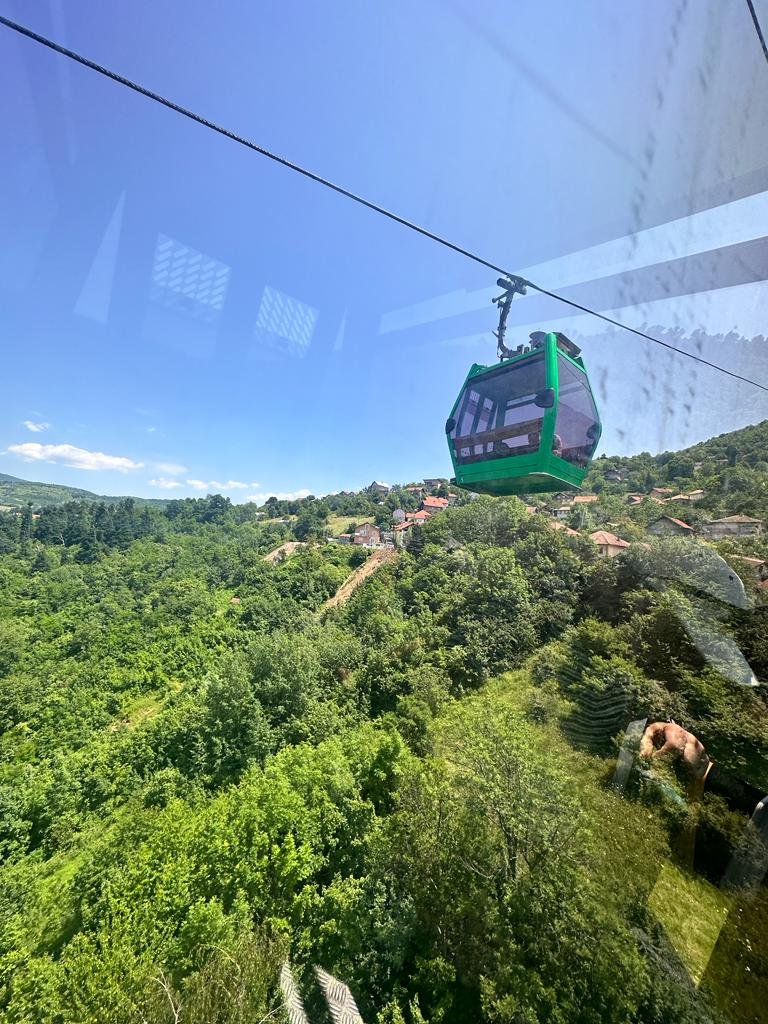
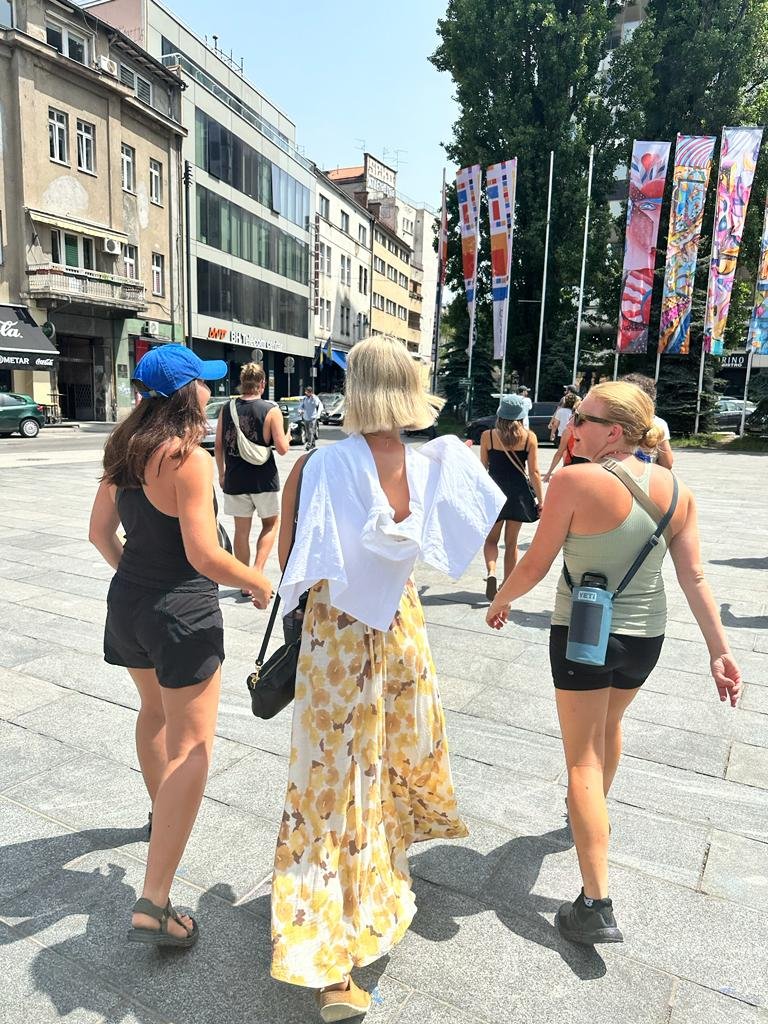

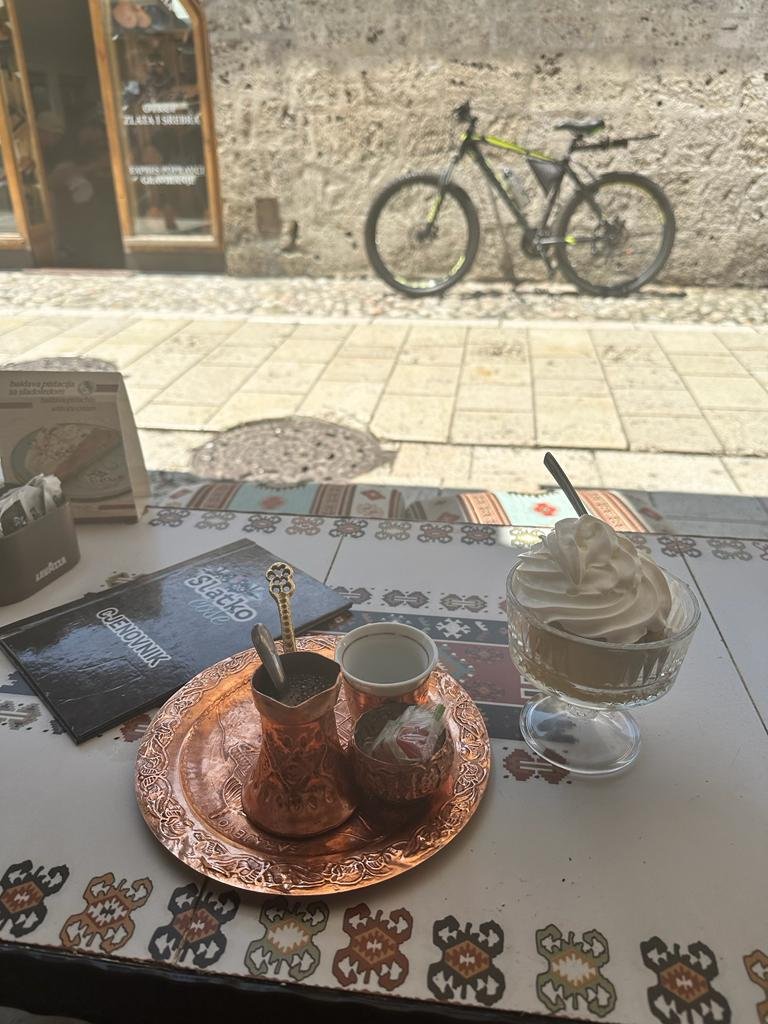
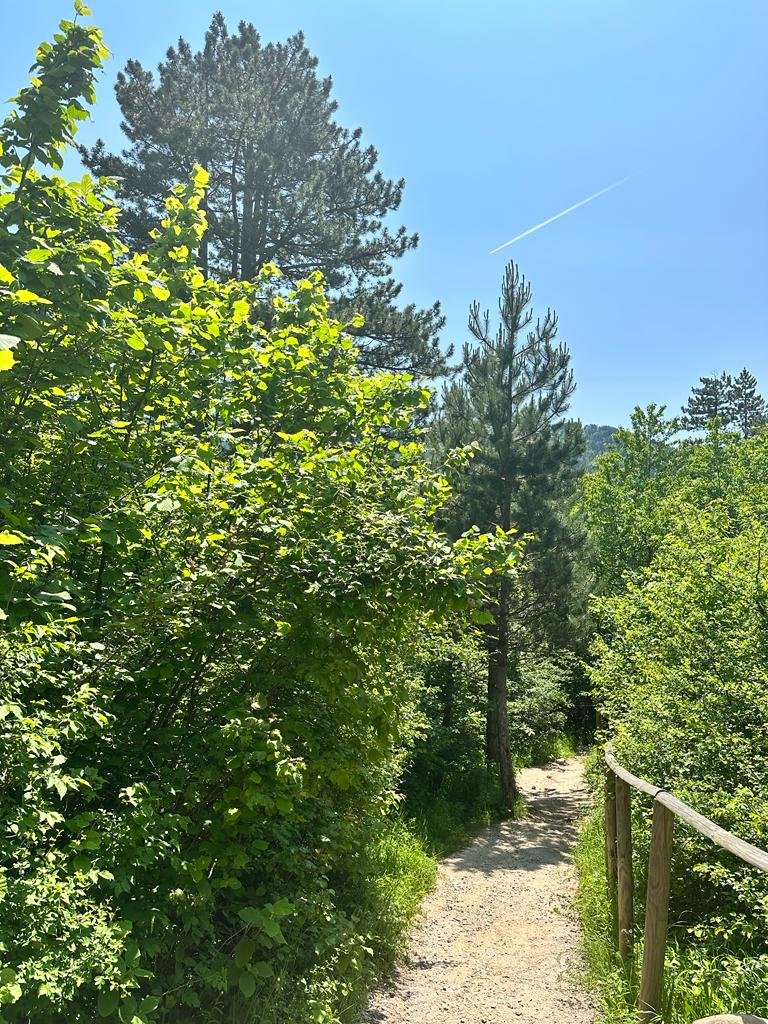






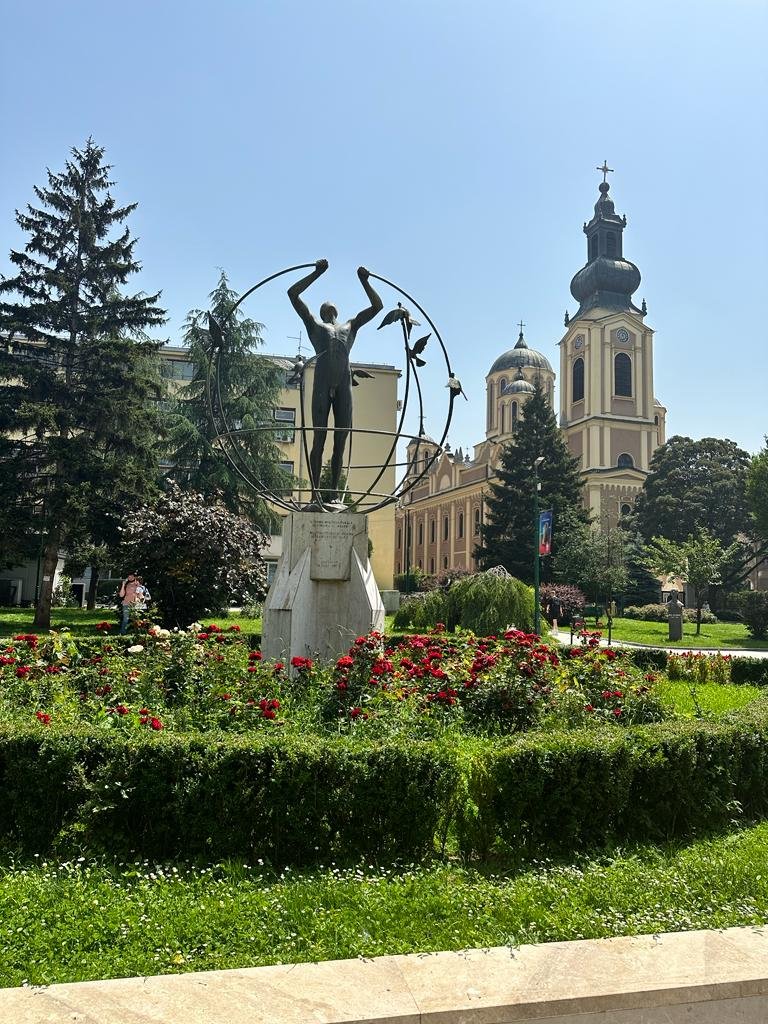
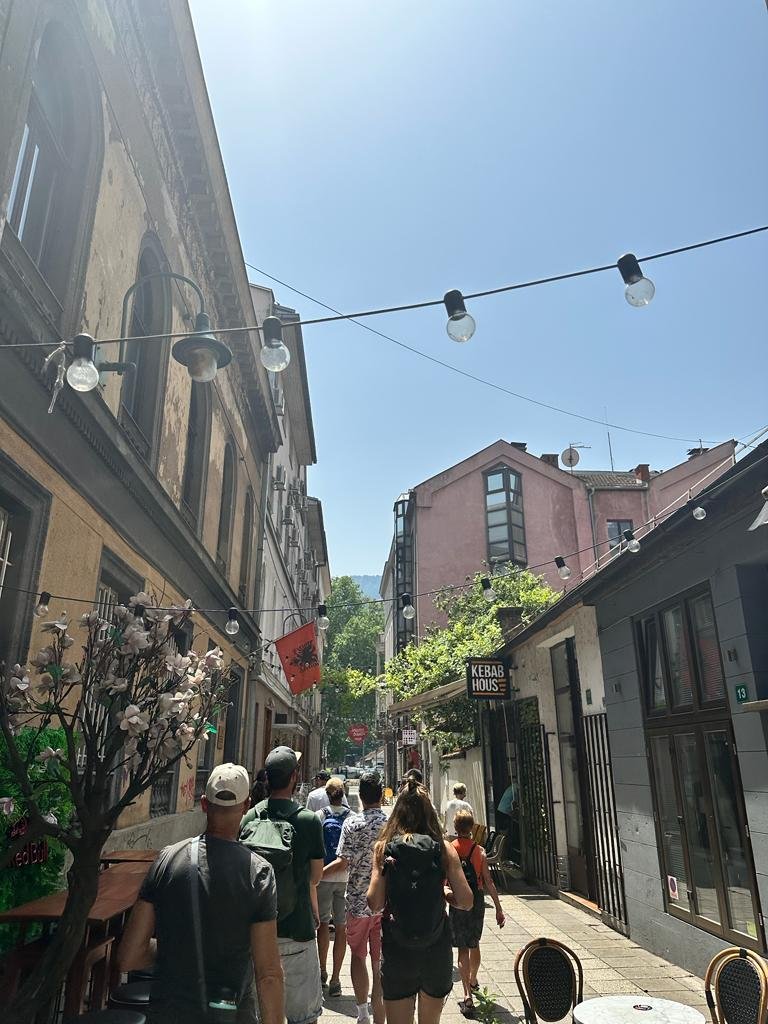












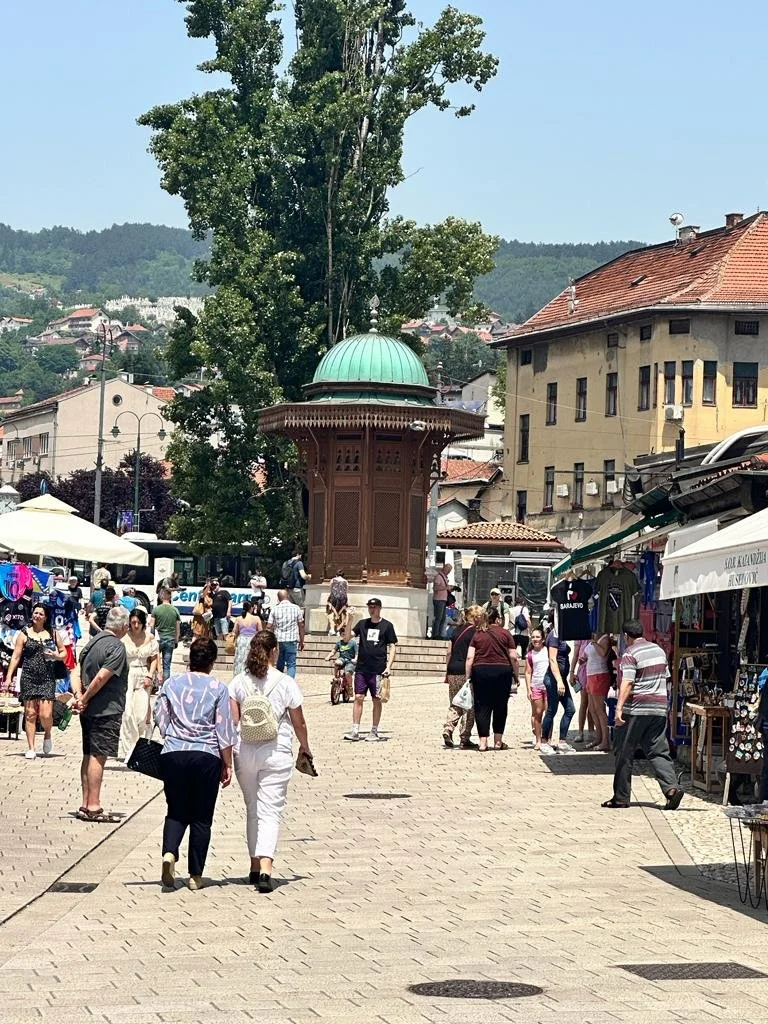

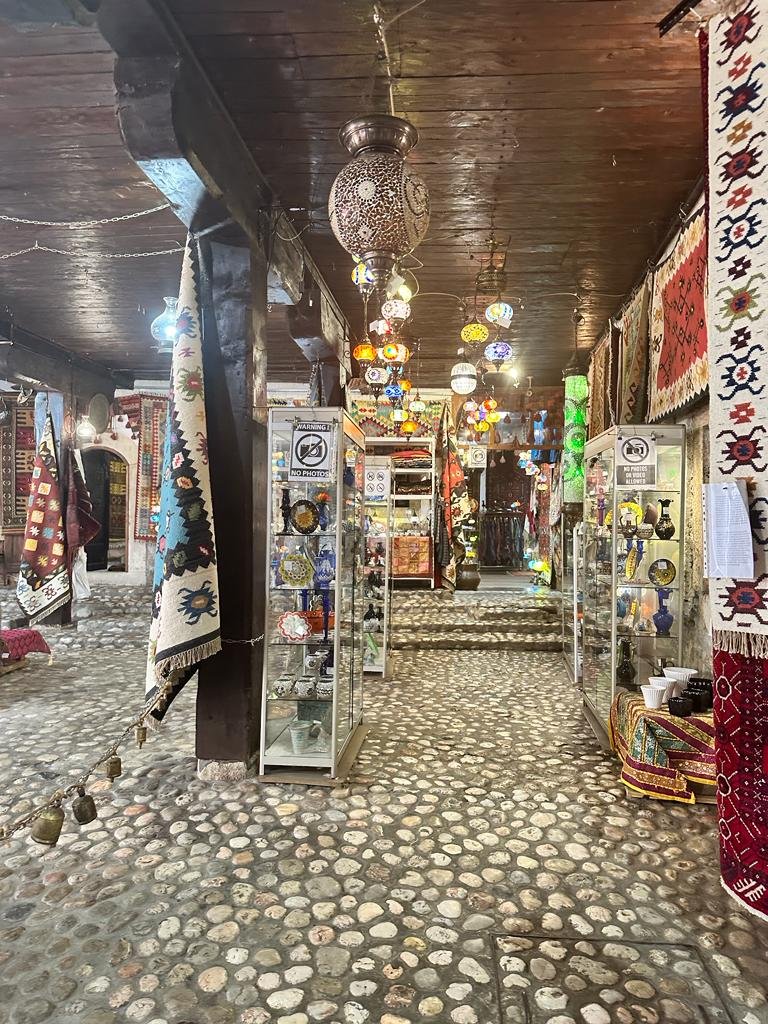



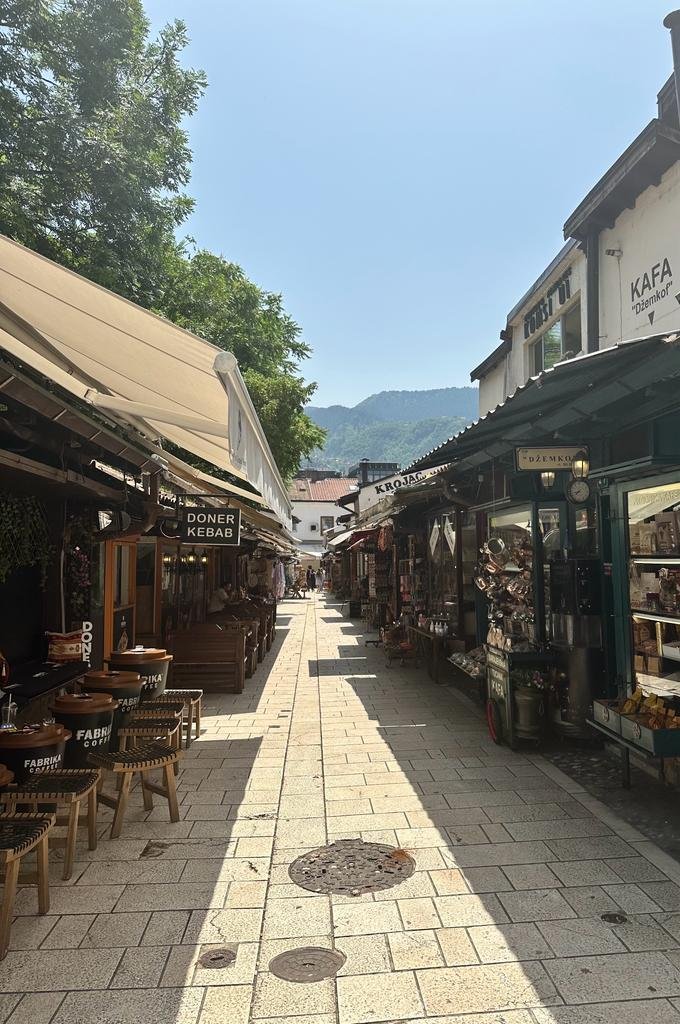








Jahorina mountain (1916 meters above sea level) photo album


